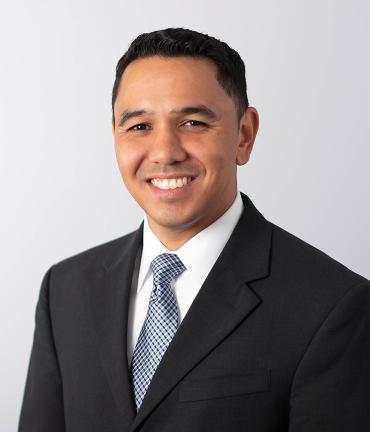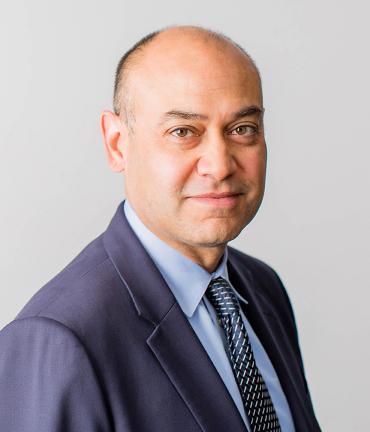
Germinoma
Germinomas are rare tumors that primarily occur in children and adolescents.
These tumors arise from germ cells, which normally become eggs or sperm after migrating to the ovaries or testes during fetal development. Germinomas occur when these germ cells fail to migrate to the proper location and continue dividing.
Because germinomas are derived from germ cells, they are considered a subtype of germ cell tumors. Germ cell tumors can be found in various parts of the body, but germinomas occur within the brain, typically deep midline locations like the pineal or suprasellar regions.
Symptoms of germinoma can vary, depending on the size and location of the tumor. Germinomas located in the pineal region may cause the following symptoms:
- Headaches
- Nausea or vomiting
- Vision problems
Headaches, nausea, and vomiting can be signs of increased pressure in the brain, which can occur if a tumor is large enough to block the flow of cerebrospinal fluid (CSF) in the brain.
Germinomas located in the suprasellar region, between the pituitary gland and the hypothalamus, may cause the following endocrine-related symptoms:
- Excessive thirst and urination
- Early puberty
- Delayed growth
- Fatigue or altered sleep patterns
Altogether, germ cell tumors account for 3.3% of primary brain tumors in children and adolescents (ages 0-19 years old).1 Between 2017 and 2021, an average of 163 germ cell tumor cases were diagnosed each year in the United States.1 Germinomas are thought to account for at least a third of those cases.2
In many cases, patients will first undergo surgical biopsy to confirm diagnosis. For patients experiencing hydrocephalus, a temporary drainage system (called an external ventricular drain) may be placed to remove excess fluids from the brain.
Germinoma is typically treated with radiation and in some cases, chemotherapy. Radiation can be curative for a majority of patients, however the long-term effects of this therapy has led to further investigation of treatments that combine chemotherapy with lower volumes and doses of radiation.
Patients who experience endocrine-related symptoms may also receive hormone replacement therapy.
Germinoma is a serious condition that needs to be treated by a multidisciplinary team consisting of neurosurgeons, neuro-oncologists and radiation oncologists. However, many patients have positive long-term outcomes.
For patients with germinoma, long-term outcomes depend on a variety of factors, including the size and location of the tumor, and if applicable, extent of endocrine dysfunction.
Although radiation can be curative for many patients, some survivors are at risk for developing long-term side effects. Especially for pediatric patients, radiation and chemotherapy may increase risk of learning disabilities, hearing loss, fertility issues, or secondary cancers (like leukemia) that can develop later in life. However, your doctors will discuss how these risks apply to your or your child’s personalized treatment plan. Ongoing research at UCSF aims to identify more effective treatment strategies with fewer long-term complications to the patient.
Finding information about specific prognoses and survival rates is a personal decision. The current statistics are only summary data, and do not necessarily reflect results from new or experimental therapies. These data do not determine how individual patients might respond to their treatment – everyone is different. That said, some people may choose to look for this information, which can be found for germ cell tumors overall in the 2025 CBTRUS Statistical Report, in Tables 8.1
- Price M, Ballard CAP, Benedetti JR, Kruchko C, Barnholtz-Sloan JS, Ostrom QT. CBTRUS Statistical Report: Pediatric Brain Tumor Foundation Childhood and Adolescent Primary Brain and Other Central Nervous System Tumors Diagnosed in the United States in 2017-2021. Neuro Oncol. 2025 Sep 15;27(Supplement_1):i1-i42.
- Krueger EM, Invergo DL, Lin JJ. Germinoma with Diffuse Subependymal Spread: A Case Report. Cureus. 2016;8(6):e643.
Surgical Specialists
This content was reviewed by UCSF pediatric neurosurgeon Nalin Gupta, MD, PhD.



